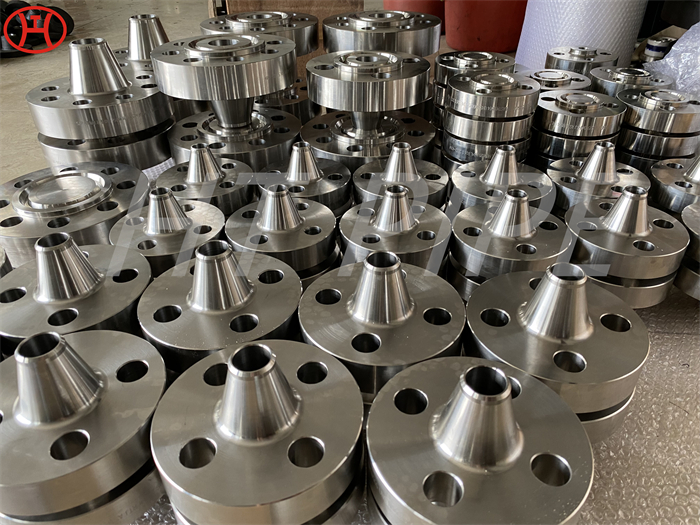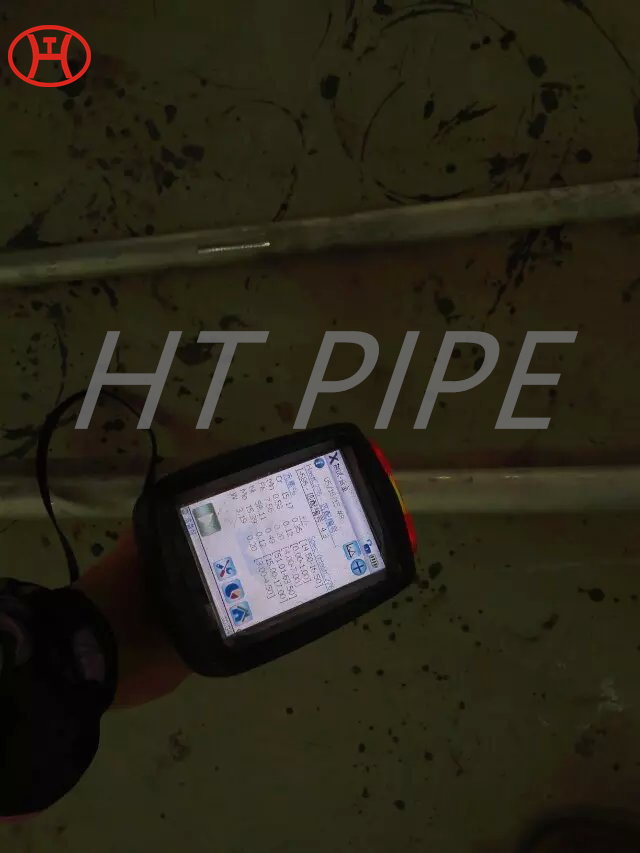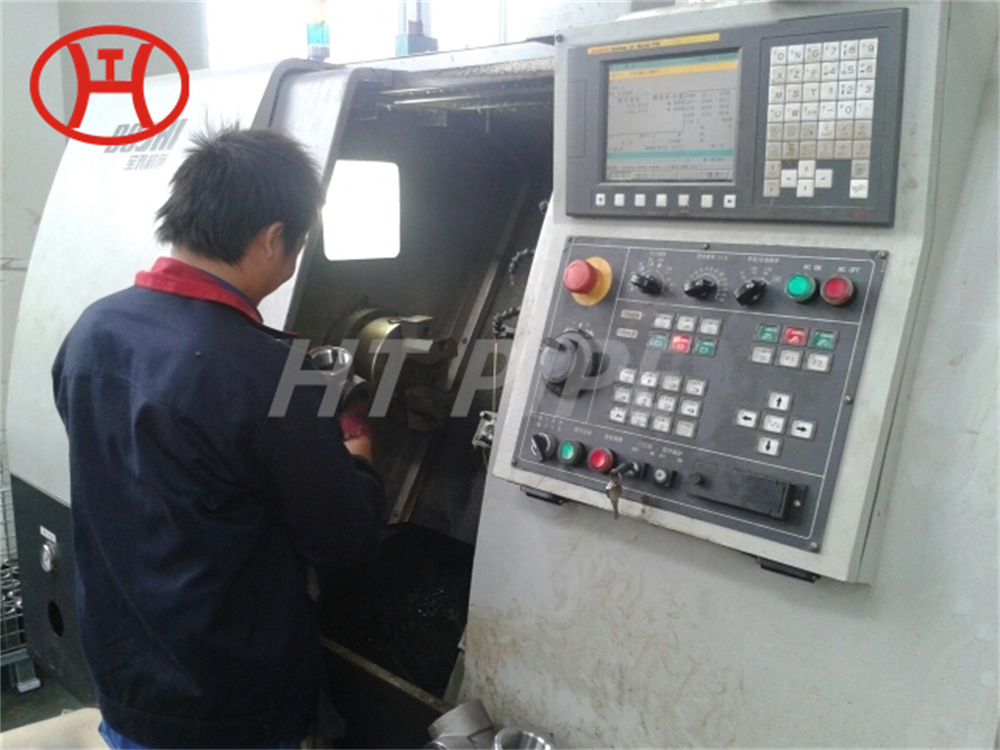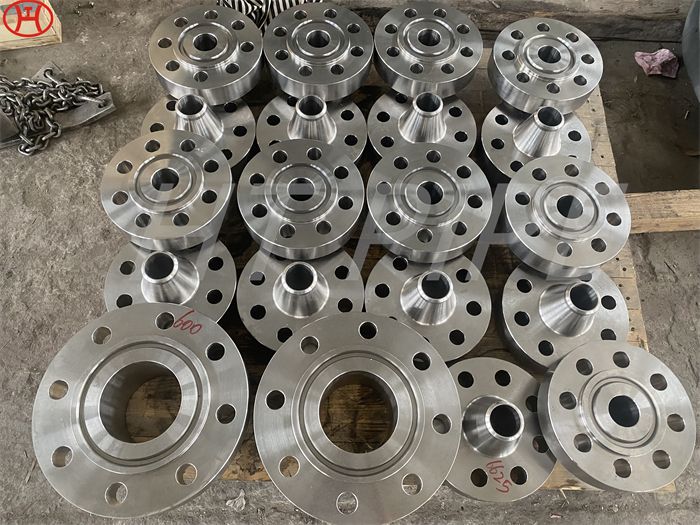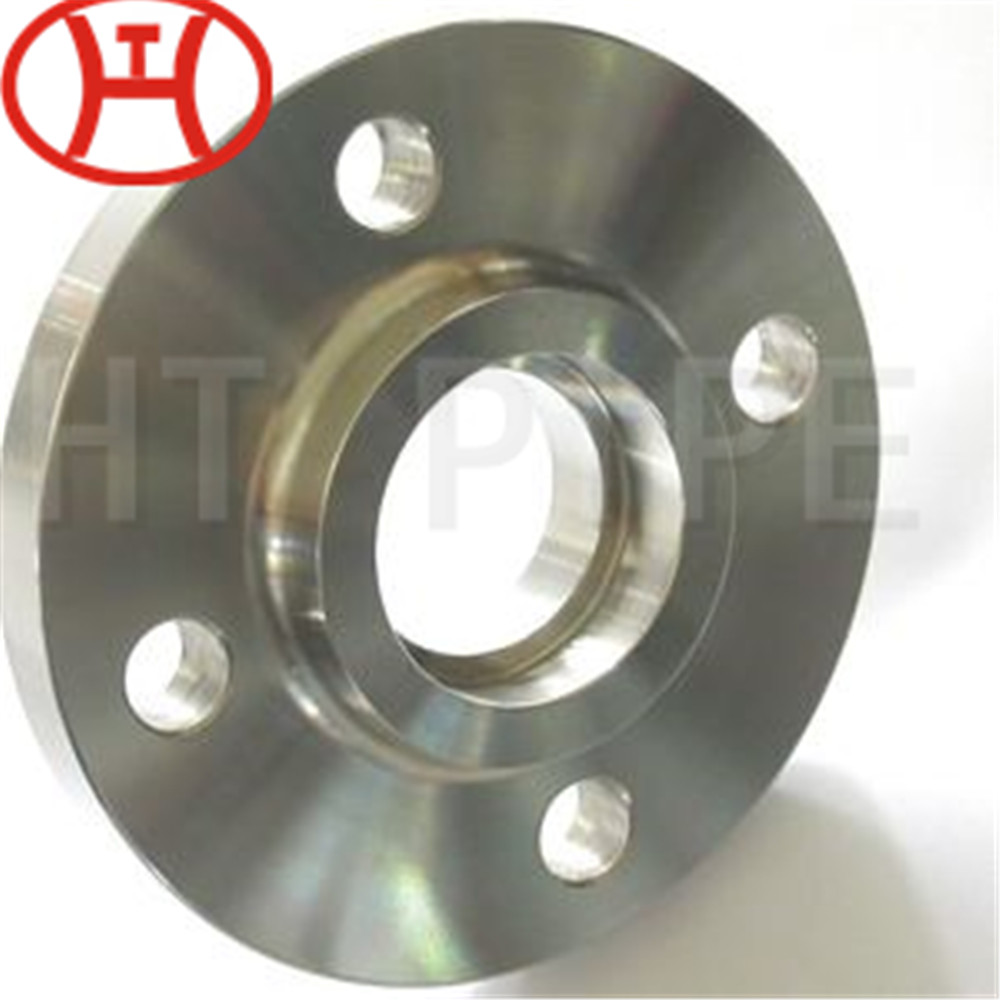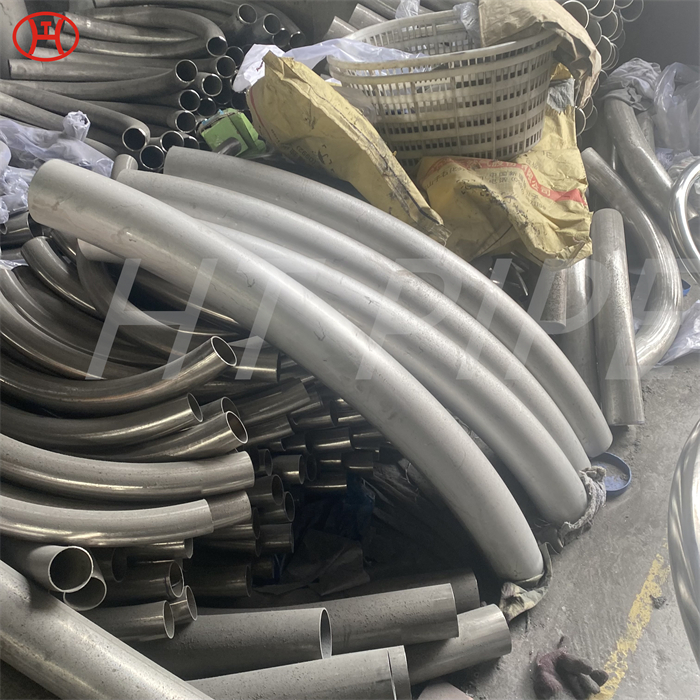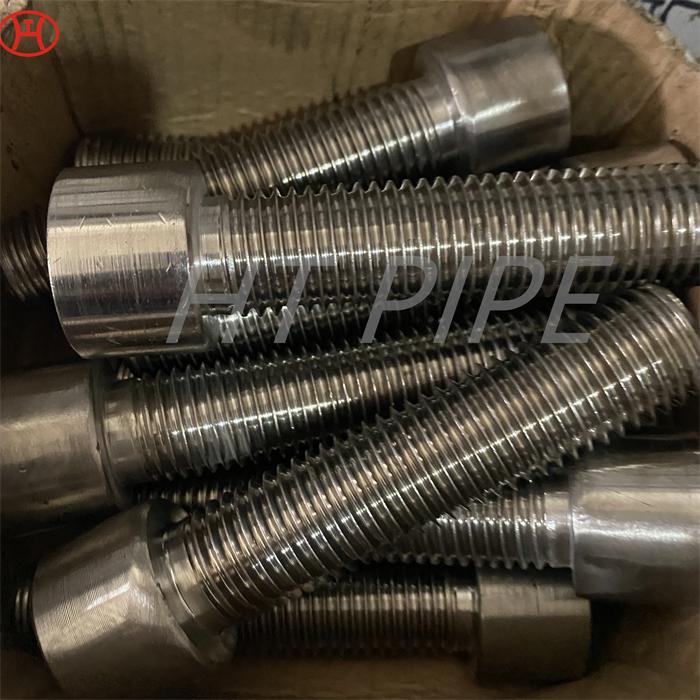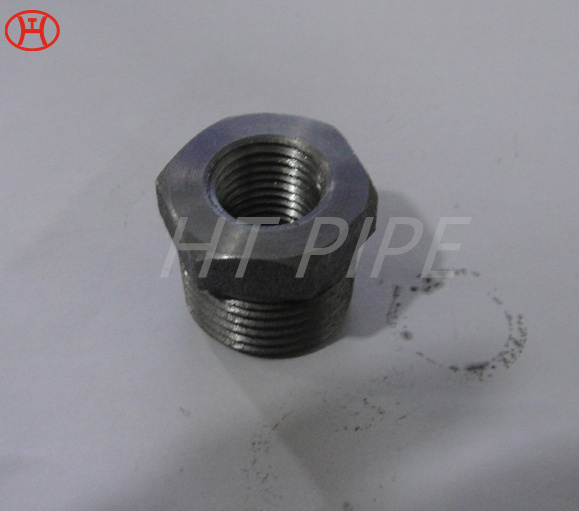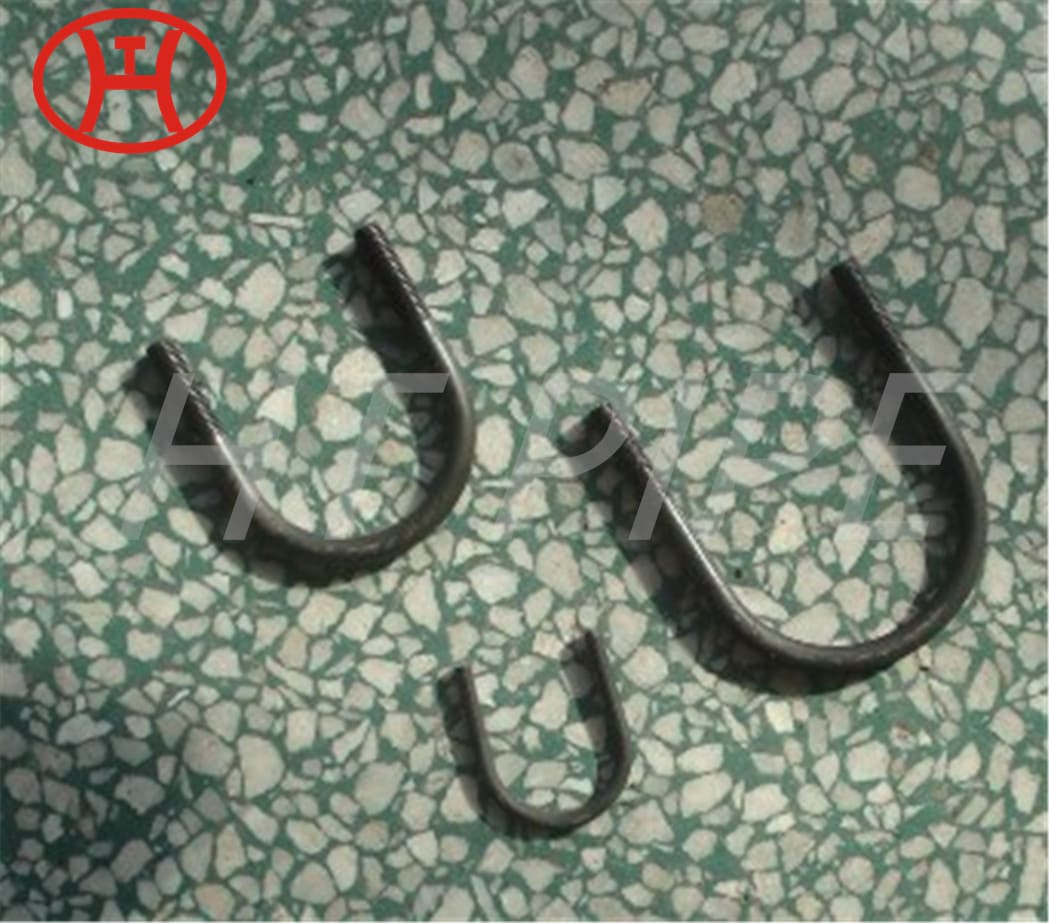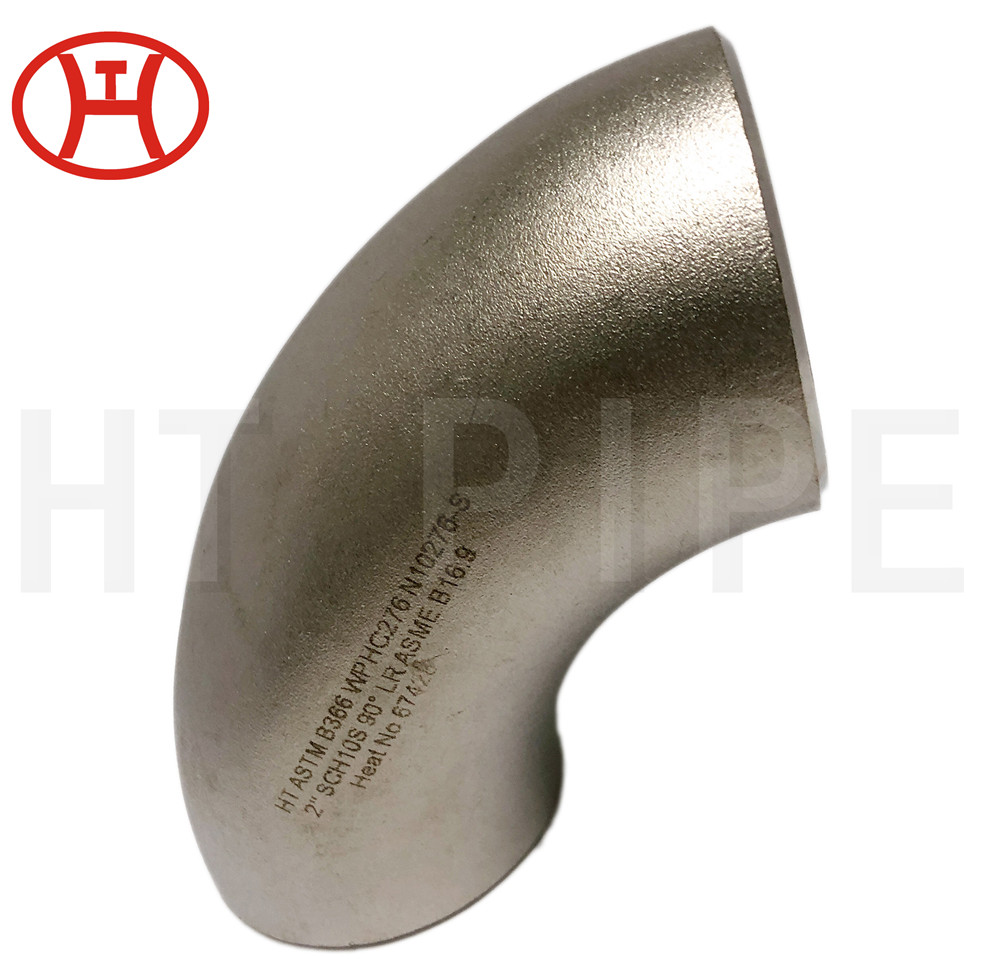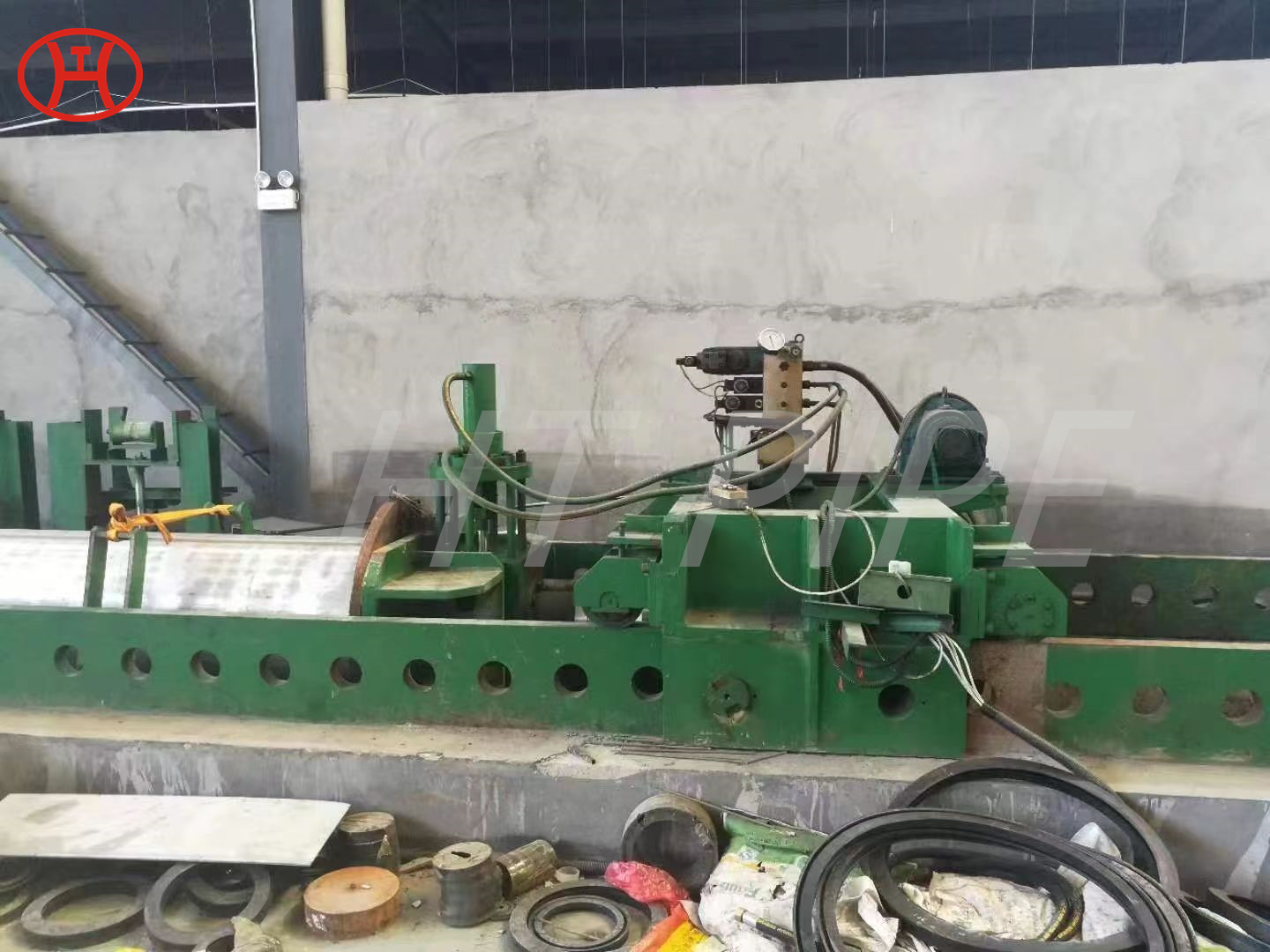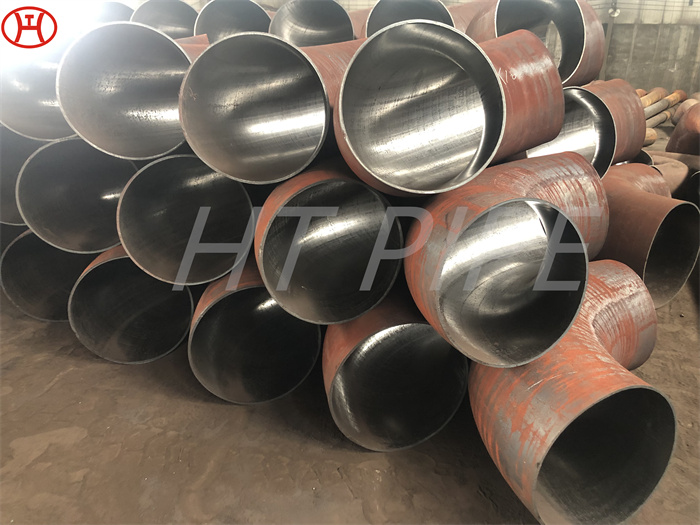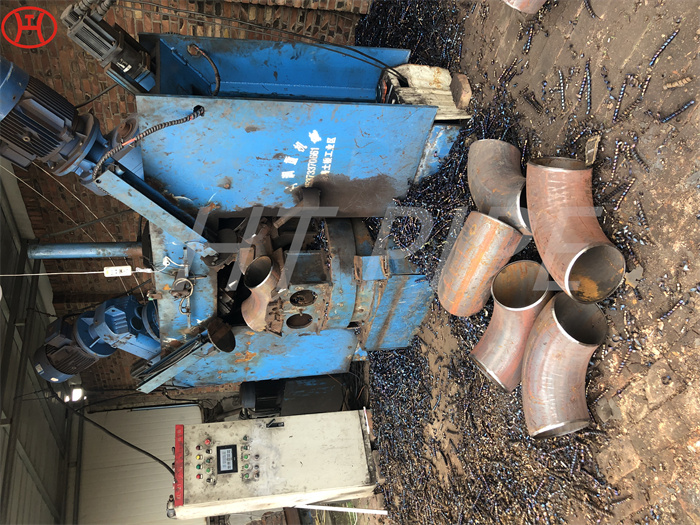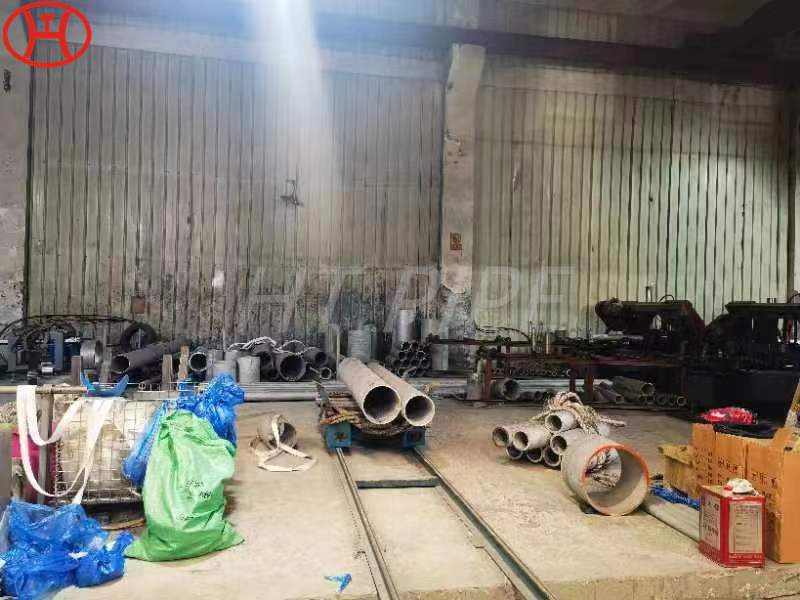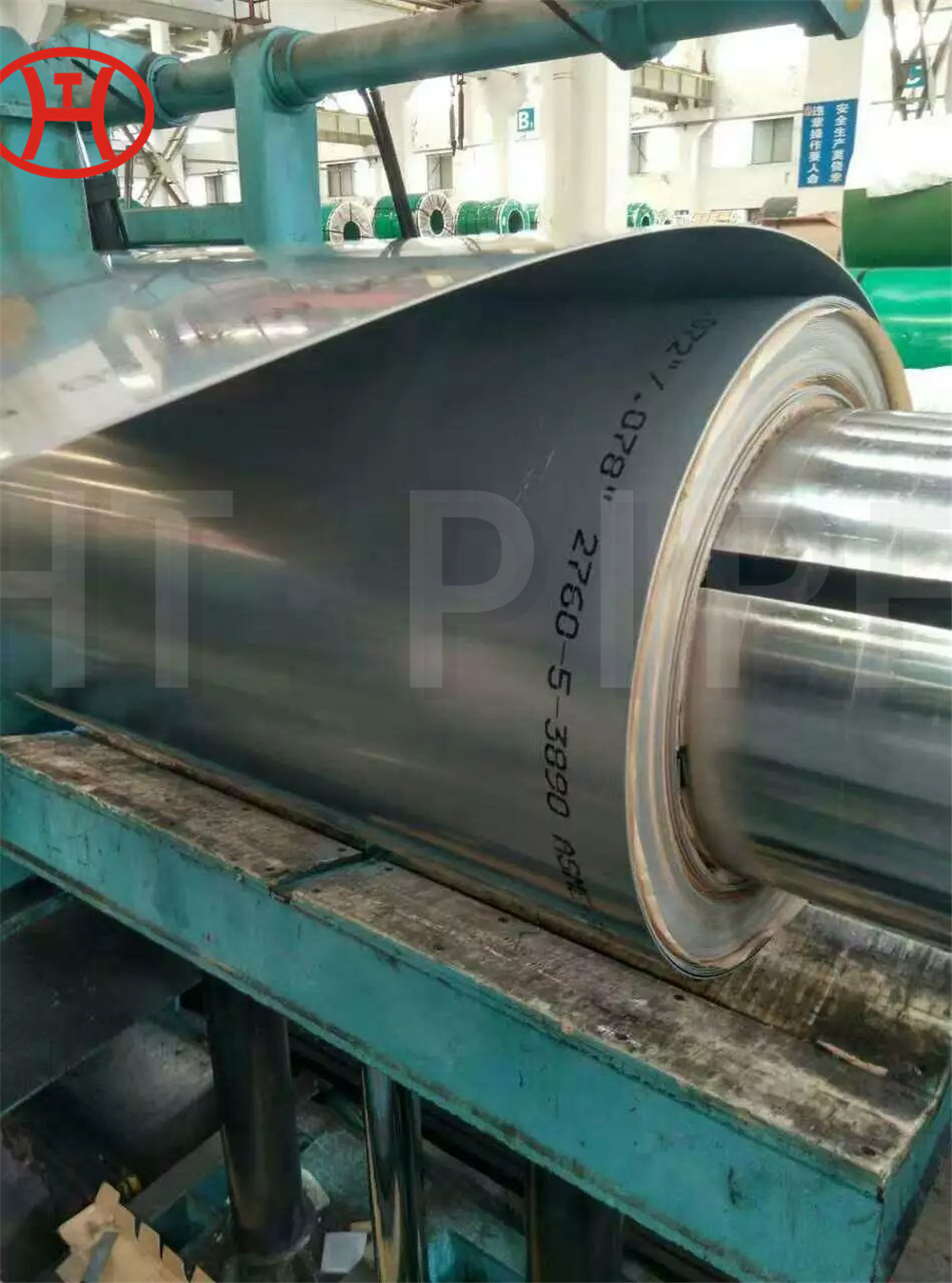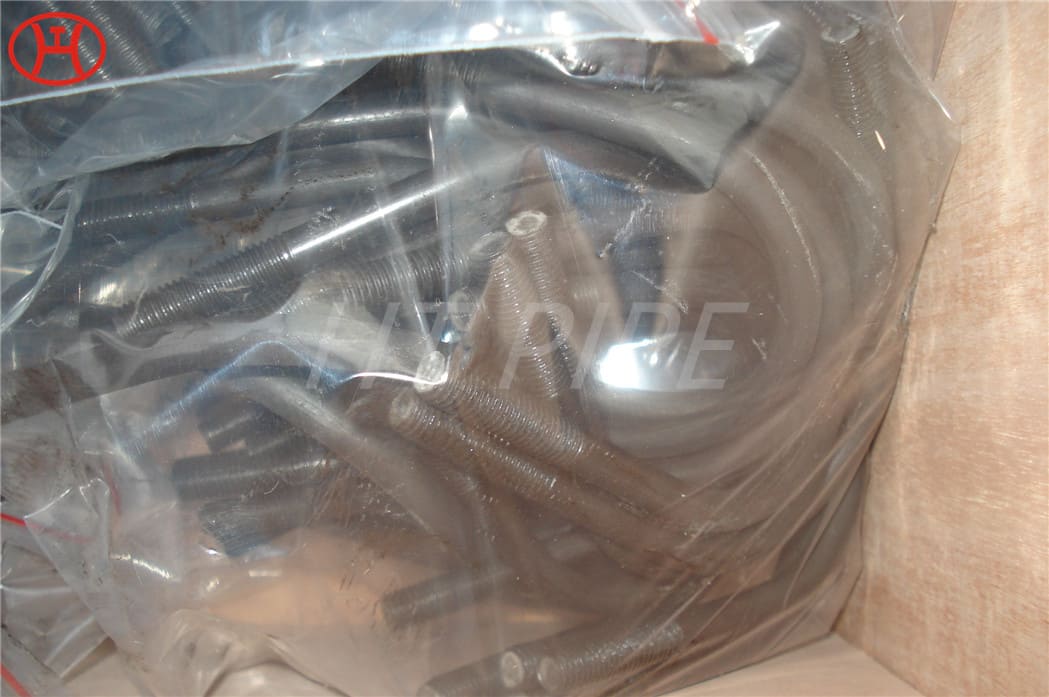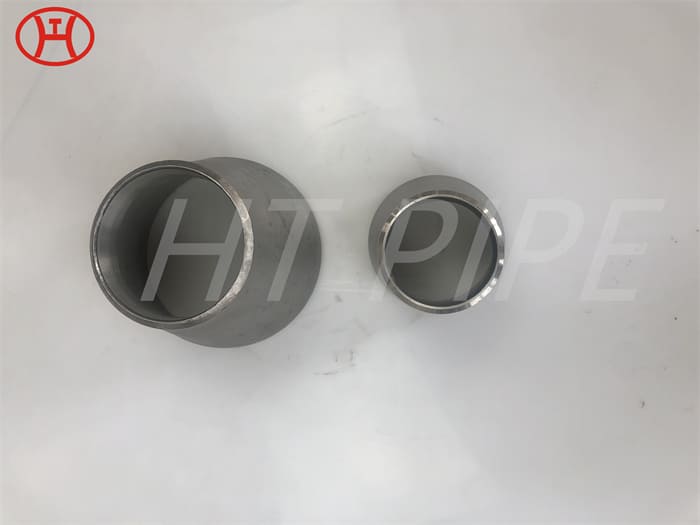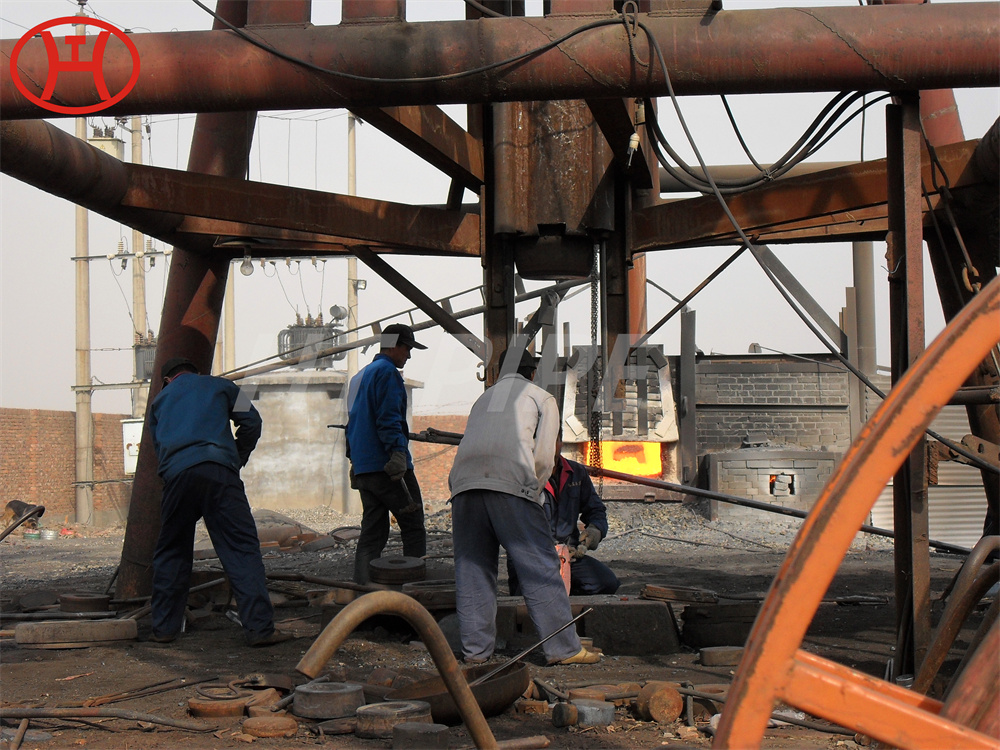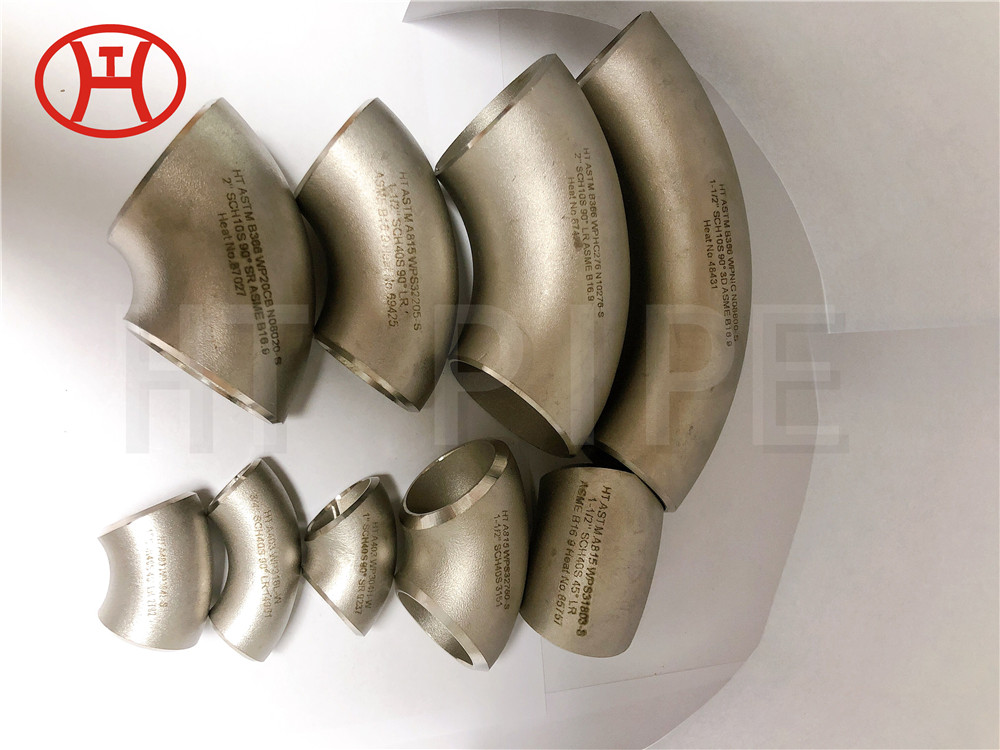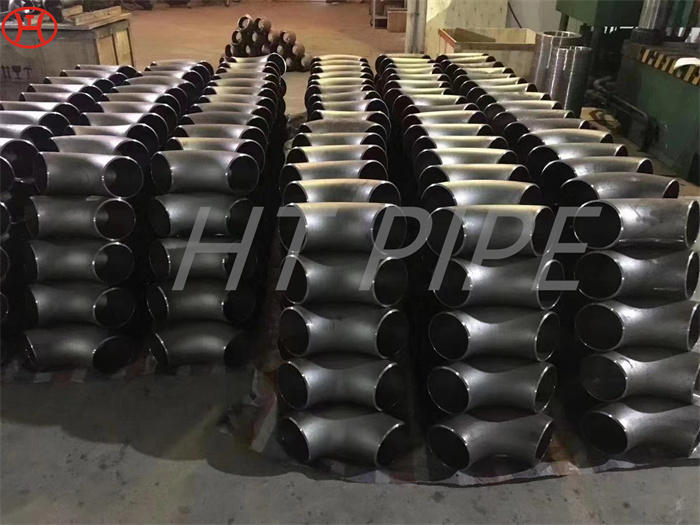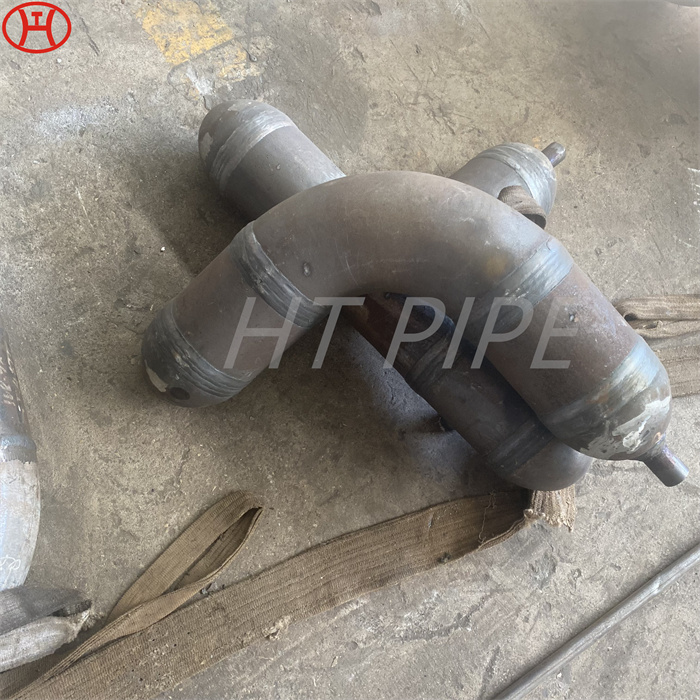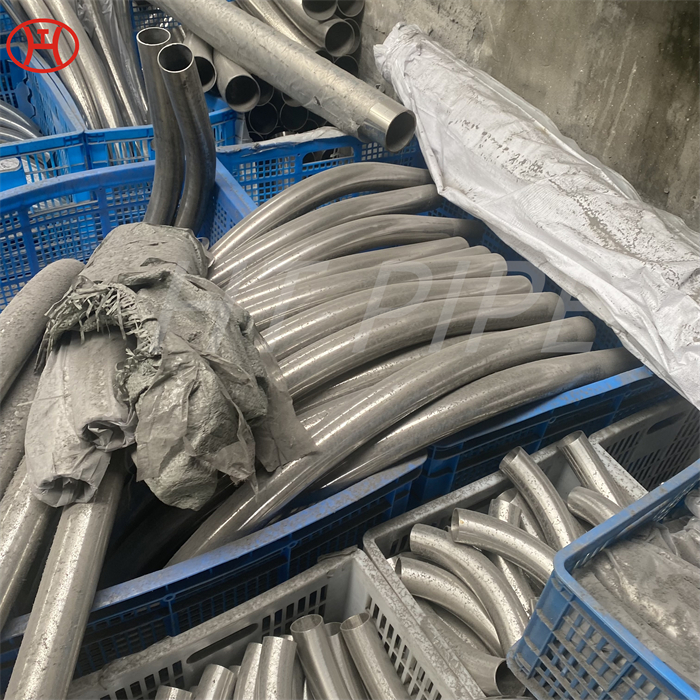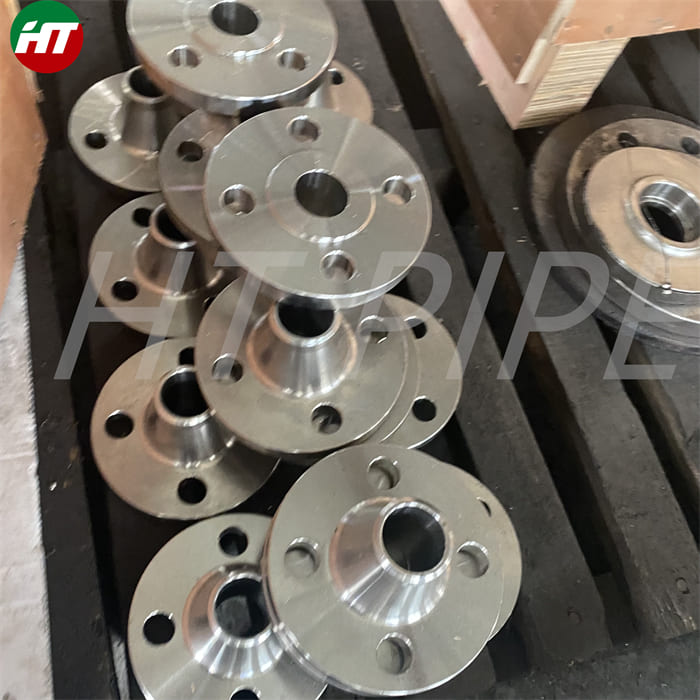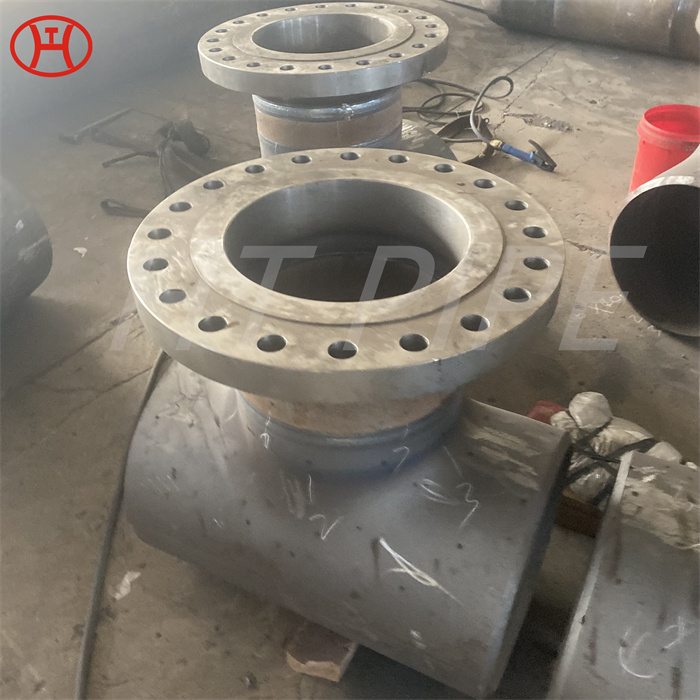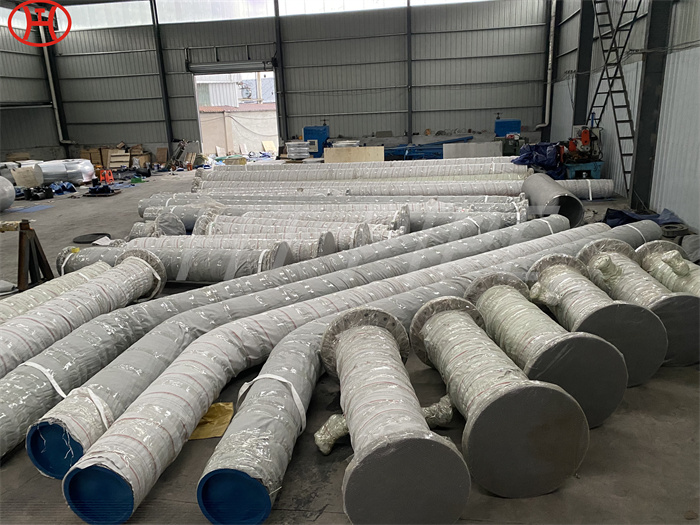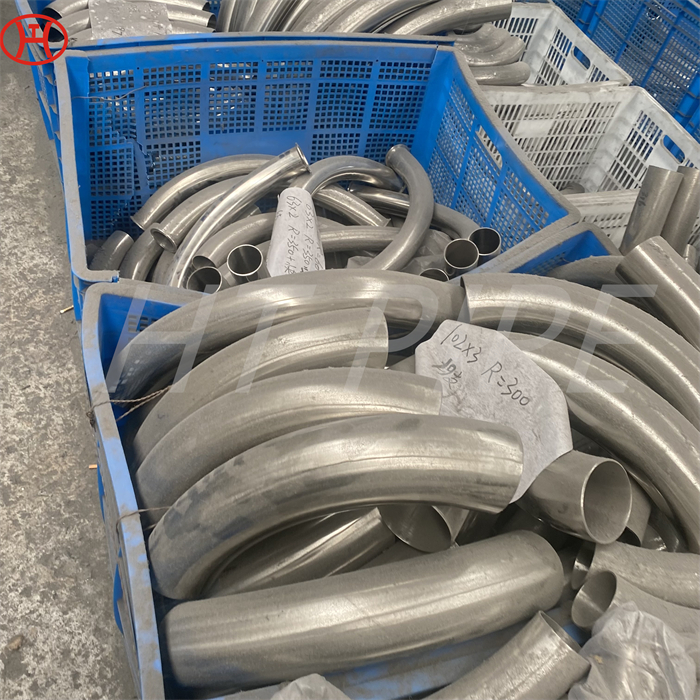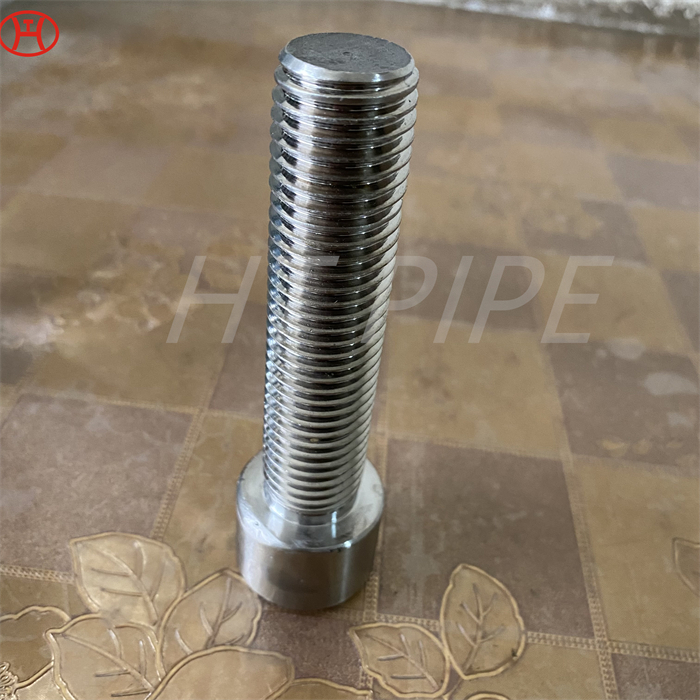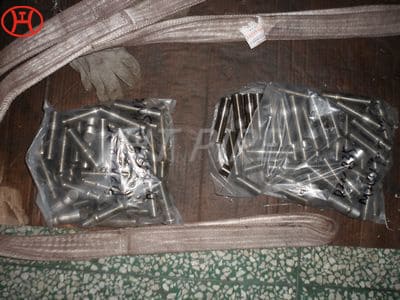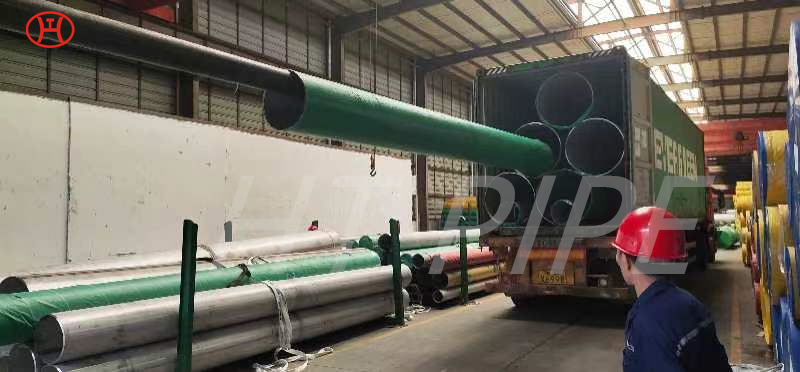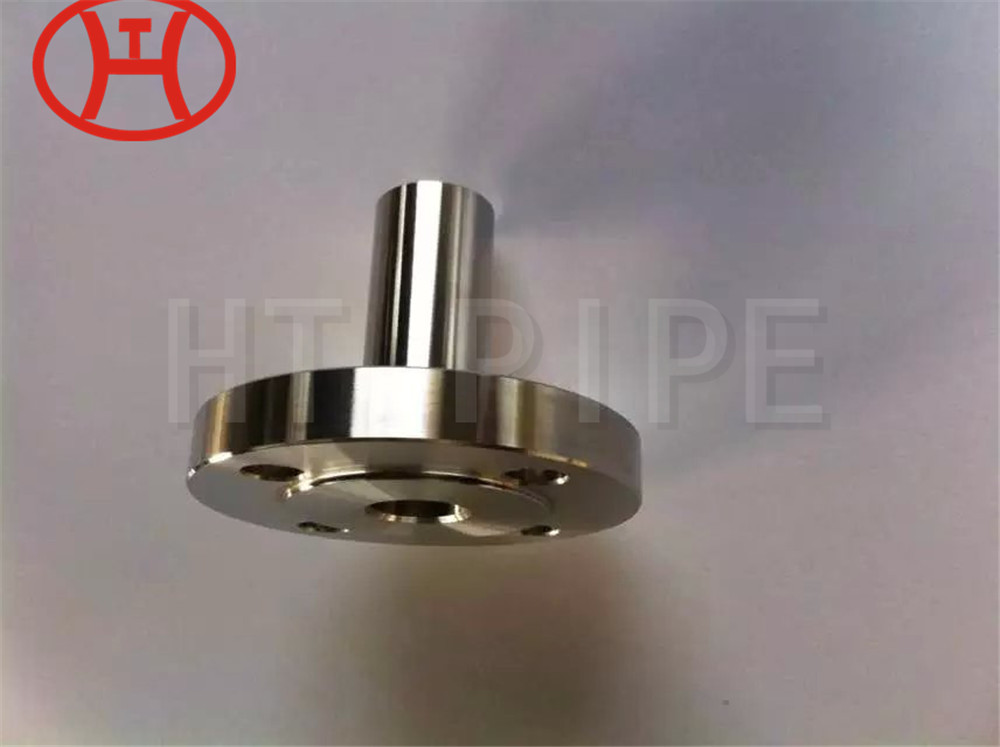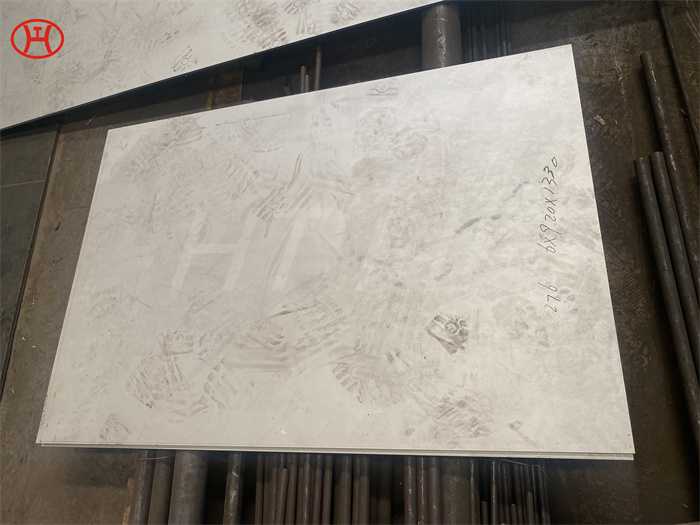Highly acclaimed Manufacturers ASTM B564 Hastelloy B3 Flanges
Hastelloy B3 Weld Neck Flange is not recommended for use in the presence of ferric or cupric salts because these salts can cause premature failure.
B3 Hastelloy Flanges deliver the same excellent resistance to hydrochloric acid and other strongly reducing chemicals as other B-alloys (including B2) but with significantly enhanced thermal stability and improved ease of fabrication. B3 has little chromium, and it should NOT be used with oxidizing media and is not recommended for use in the presence of ferric or cupric salts which can cause rapid corrosion failure. Hastelloy B3 Blind Flanges has special chemistry designed to achieve a level of thermal stability greatly superior to that of its predecessors, e.g. B2 alloy. Meanwhile, these Hastelloy B3 Threaded Flanges are also being offered in customized sizes and shapes to our customers. Hastelloy B3 Threaded Flanges (UNS N10675) has great resistance to knife ¨C line and heat ¨C affected zone attack. Hastelloy B3 Slip On Flanges has a special chemistry designed to achieve greater thermal stability than B-2 alloy.

